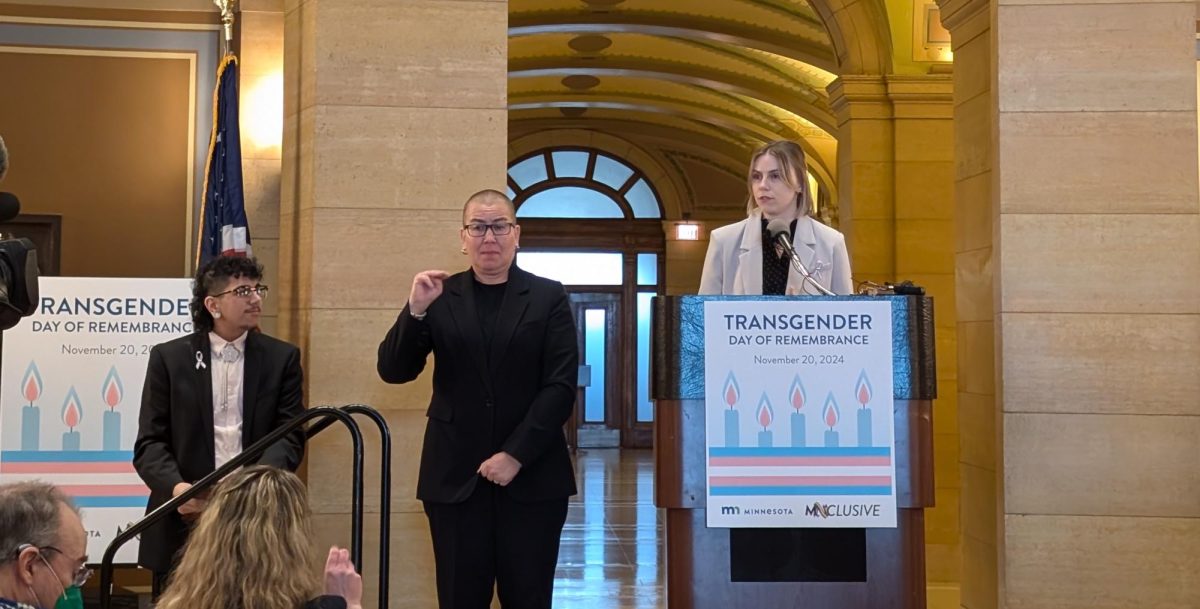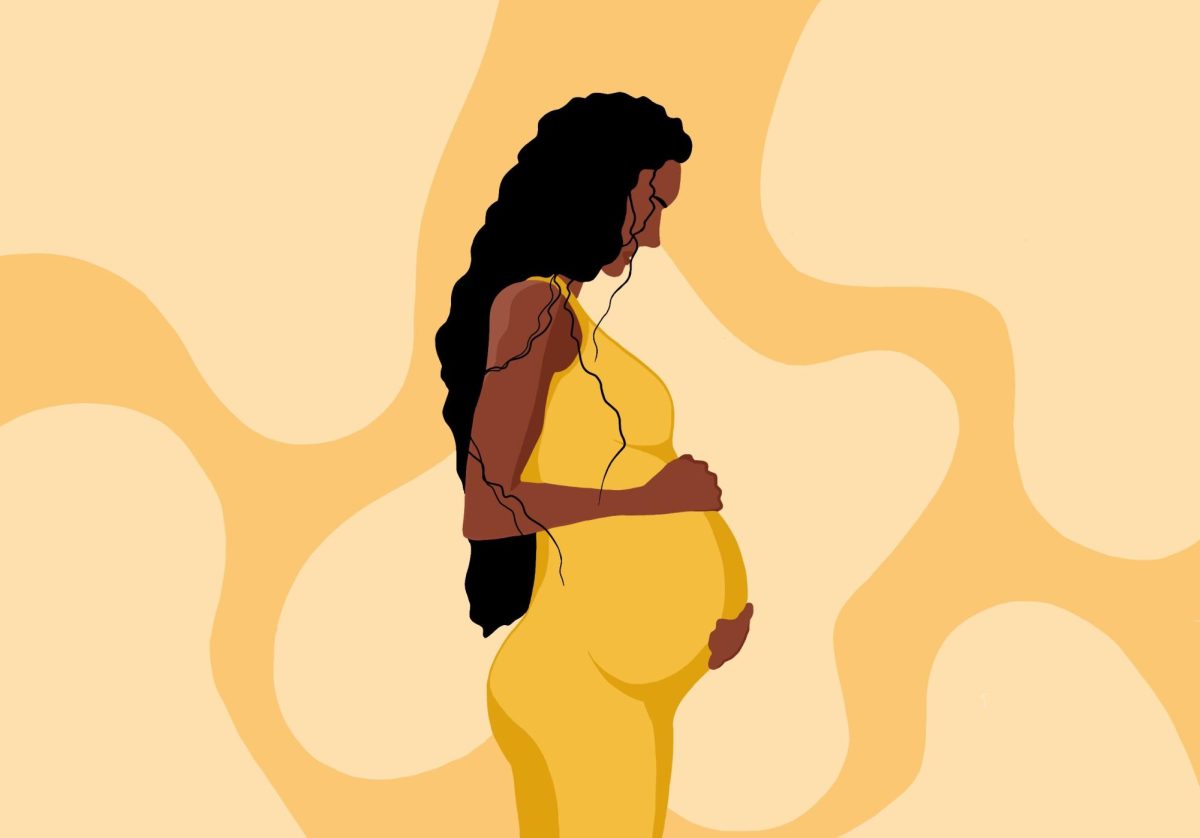After cases of meningitis were found at the Unive rsity of Wisconsin-Madison, students from the school who are returning to Minnesota for winter break might need a second round of vaccinations.
rsity of Wisconsin-Madison, students from the school who are returning to Minnesota for winter break might need a second round of vaccinations.
In October, UW-Madison discovered three cases of the disease within its undergraduate population. A large portion of the student body was vaccinated afterward, and the second dose necessary for the vaccine to work will be doled out over the next two months. About 3,000 Madison students live in Minnesota.
Because meningitis spreads rapidly and can be fatal without antibiotics, the school worked with the state health department to provide large-scale vaccine clinics. The three afflicted students have since been treated and released from the hospital.
“We gave over 21,000 vaccines over the course of two weeks,” said Sarah Van Orman, UW-Madison’s health services director. “Our students really stepped up. That’s about 70 percent of our undergraduates, which is the group we wanted to get.”
She said the school sent bacteria from the cases to the Centers for Disease Control and Prevention for genomic sequencing. The CDC found the bacteria from all three students to be genetically identical.
“They basically suggested there was bacteria circulating in our community that was more likely to cause invasive infection than the ones that are normally around us,” Van Orman said.
She said outbreaks — rather than isolated cases — are “sporadic,” but show that certain strains of the disease have a higher likelihood of infection.
“Meningococcal bacteria are all around us in the world,” Van Orman said. “Ten, 15 percent of us carry the bacteria around in our nose.”
Most bacterial meningitis occur in strains covered by the widely-received and CDC-recommended vaccine, but the strain at UW-Madison isn’t prevented by the vaccine, said Kristen Ehresmann, Minnesota Department of Health’s director for infectious disease.
“When this outbreak of meningitis occurred … at Madison, the three students that had meningococcal disease had B-strain,” Ehresmann said. “There is a vaccine for the B strain, but it’s not routinely recommended.”
An outbreak of a disease can be defined as any number of cases that’s more than what’s usual or expected, Ehresmann said, and meningitis outbreaks can have outcomes like death or loss of limbs.
Bacterial meningitis organisms can also cross the blood-brain barrier.
“Anytime you have infection of the brain [or] your spinal cord… that’s really serious,” she said, adding the bacteria can enter the bloodstream, which is why meningitis vaccines are strongly recommended, she said.
Ehresmann said outbreaks are uncommon, but when they do happen they’re often found in college settings because the disease is spread through contact with saliva from the nose and throat.
The newly-developed vaccine, called Bexsero, protects against the B strain of meningitis, but requires two doses one to two months apart, she said.
“What made this unique is that it wasn’t a strain that was included in the recommended vaccine, so they needed to do special vaccination clinics,” she said.
Boynton Health Communications Director Dave Golden said in his 27 years at the University of Minnesota, there were no meningitis outbreaks, but the most recent single case of meningitis resulted in the death of a student.
“You really can’t predict [outbreaks and cases],” Golden said. “They just sort of happen, and it’s really an interesting field for epidemiologists and biologists to study and try and figure out, but people really don’t know why they suddenly happen.”
He said the University offers Bexsero as well as the older vaccine, and Boynton has seen a slight bump in the number of students requesting the new vaccine.
“It’s a really frightening disease,” Van Orman said. “I think it’s important for all students to be aware of it.”







